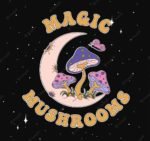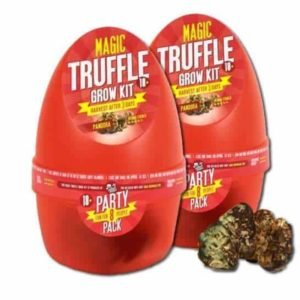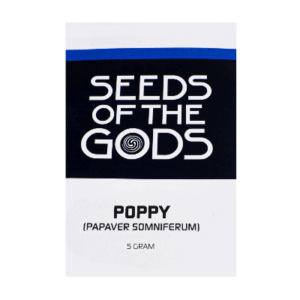Buy African dream Seed Extract 50x | Entada Rheedii Online
One of the most effective dream plants is African Dream Seed. To create lucid dreams, you can consume the seeds as a snack, in a joint, or in a tea. 50 times as powerful as one seed is this extract. African Dream Seeds are used to speak with the dead and foretell the future in the traditional healing practices of several South African tribes. The plant’s roots have historically been used to treat a number of illnesses. The South African Xhosa people also utilized the roots to induce vivid or lucid dreams, which they felt aided in establishing contact with their forebears.
African dream root: what is it?
The Eastern Cape of South Africa is home to the little perennial herb known as African dream root, commonly referred to as Silene Undulata or Silene Capensis. Open woodlands and grasslands are where it normally grows. The roots of this plant are highly valued by the Xhosa and Zulu peoples of South Africa. African dream root has traditionally been used to cure a variety of illnesses, including fevers and delirium. The plant is referred to as “Undlela Zimhlophe” by the Xhosa people, which means “the way or path of white objects or symbols. See seed-related products.
Research into the components of the African dream root plant is scant. But studies on the Silene genus of plants indicate that some of these species contain comparable substances, including phytoecdysteroids, triterpene glycosides, antioxidants, fatty acids, amino acids, numerous vitamins and minerals, and more. Triterpene saponins are present in the roots of the African dream root. According to researchers, these substances encourage vivid or lucid dreams in those who are susceptible to their effects. Chemicals derived from plants called saponins are named for the soap-like foam they produce in water. According to studies, saponins have a number of health advantages, including antioxidant qualities, the ability to reduce inflammation, and the ability to lower cholesterol.
Impacts on your body and potential advantages:
- The primary benefit of the African dream root is its capacity to induce vivid or lucid dreams.
- Triterpenoid saponins, according to researchers, are the cause of this impact. If you vigorously combine these saponins in water, they will resemble foam. This foam was traditionally drunk by people to induce lucid or vivid dreams.
However, anecdotal reports of people having vivid or lucid dreams after consuming African dream root. The framework by which African dream roots might have these effects is currently unknown.
- Oxidizing qualitiesSaponins may have antioxidant qualities, according to research. Antioxidants are molecules that assist in preventing oxidative stress, which is connected to a number of chronic diseases, from damaging your cells.
conceivably lessened inflammation Triterpenoid saponins, like those found in African dream root, have been studied in test tubes and on animals, and they appear to have anti-inflammatory properties.
- Potential reduction in cholesterol levels According to research, saponins may aid in lowering cholesterol levels by either blocking the reabsorption of bile acids, which aid in fat digestion, or by inhibiting the absorption of cholesterol in the stomach.
- Potential reduction in blood sugar levels Saponins may help lower blood sugar levels by activating cellular processes that aid in removing sugar from the body, according to more recent studies on them.
The Conclusion:
Herb endemic to South Africa is called African dream root. The plant’s roots are highly valued by people. Triterpene saponins, alkaloids, and diterpenoids, among other substances, may be the cause of these roots’ capacity to induce vivid or lucid dreams. But more study needs to be done on it by scientists.




Reviews
There are no reviews yet.